Your Garden Can Be a Hedgehog Haven: A Real-World Guide
I still get a kick out of remembering the first time I found a hedgehog in my garden. It was years ago, on a cool evening. I was just locking up the shed when I heard this unmistakable rustling and snuffling coming from under a giant hosta. I crept closer, and there it was—a small, spiny creature, completely focused on finding its dinner. That one little encounter changed how I saw my garden forever. It’s not just about the plants; it’s about the life you share it with.
In this article
Sadly, these amazing animals are facing some tough times and their numbers have dropped. They really need our help. And honestly, creating a welcoming space for them is about more than just leaving out a snack. It’s about understanding what they need and what dangers they face in our backyards. This guide is basically everything I’ve learned from trial and error, and from chatting with folks at local wildlife rescues. It’s the practical, no-nonsense advice to help you turn your garden into a genuine sanctuary.
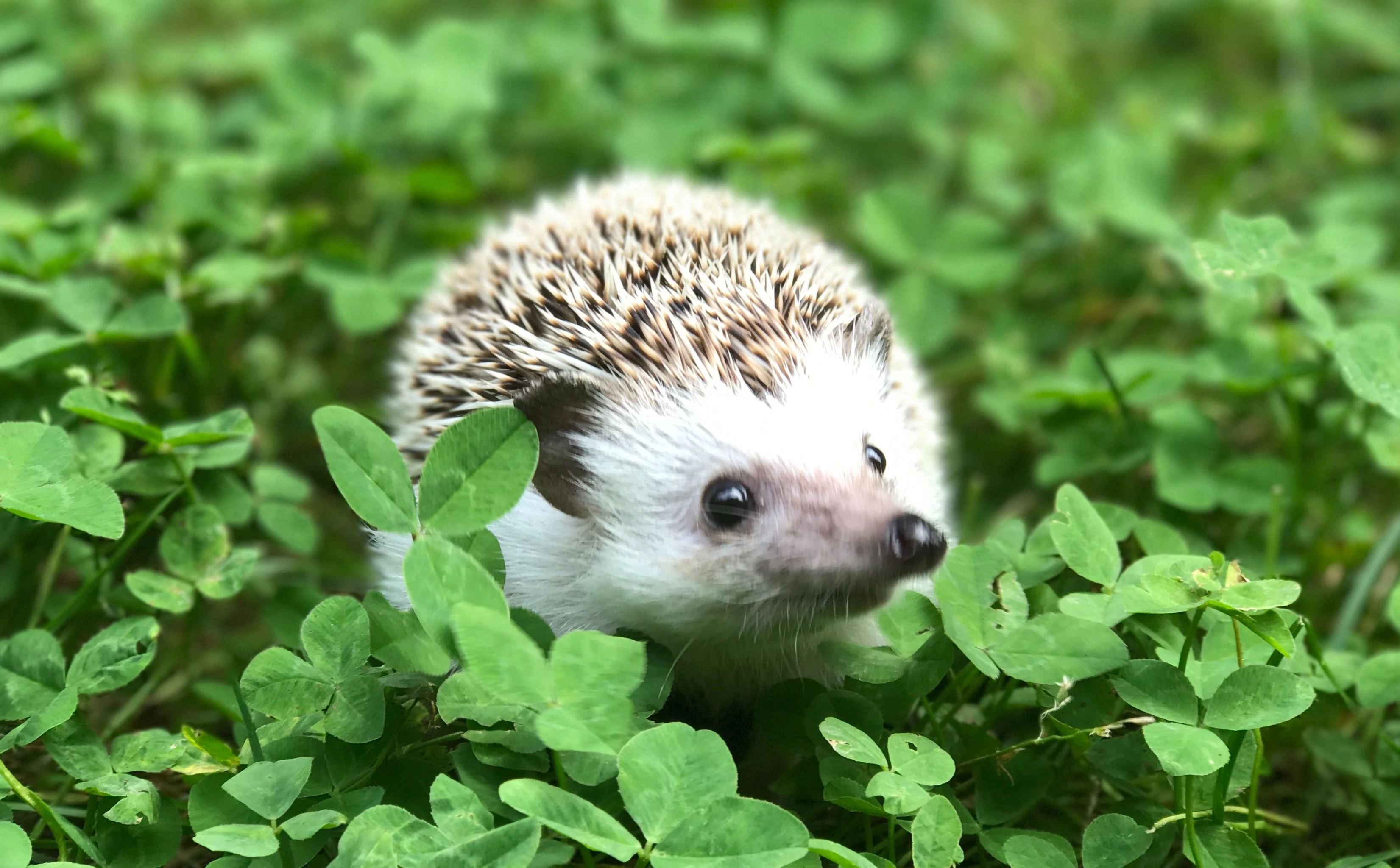
But before you do anything else, here’s your quick win. The single most important thing you can do TONIGHT is put out a shallow dish of fresh water. It takes 30 seconds and can literally save a dehydrated hedgehog’s life, especially during a dry spell. Easy, right?
So, What Do Hedgehogs Actually Do for Your Garden?
Let’s get one thing straight: having a hedgehog potter around is a huge win for your garden’s health. They are, first and foremost, nature’s pest control service.
These guys are insectivores, which is just a fancy way of saying they live on bugs. I’ve watched them on a low-light camera, and they are methodical little foragers. In a single night, one hedgehog can munch through a surprising number of slugs, snails, beetles, and caterpillars. Think about it—the very pests that decimate your lettuce and chew up your rose leaves are a hedgehog’s favorite meal. By welcoming them, you’re hiring the best, most silent pest controller around, which means you can finally ditch those chemical slug pellets and pesticides. Those things don’t just kill pests; they can harm everything from bees to the soil itself, and they’re a risk to pets and the hedgehogs we’re trying to help.
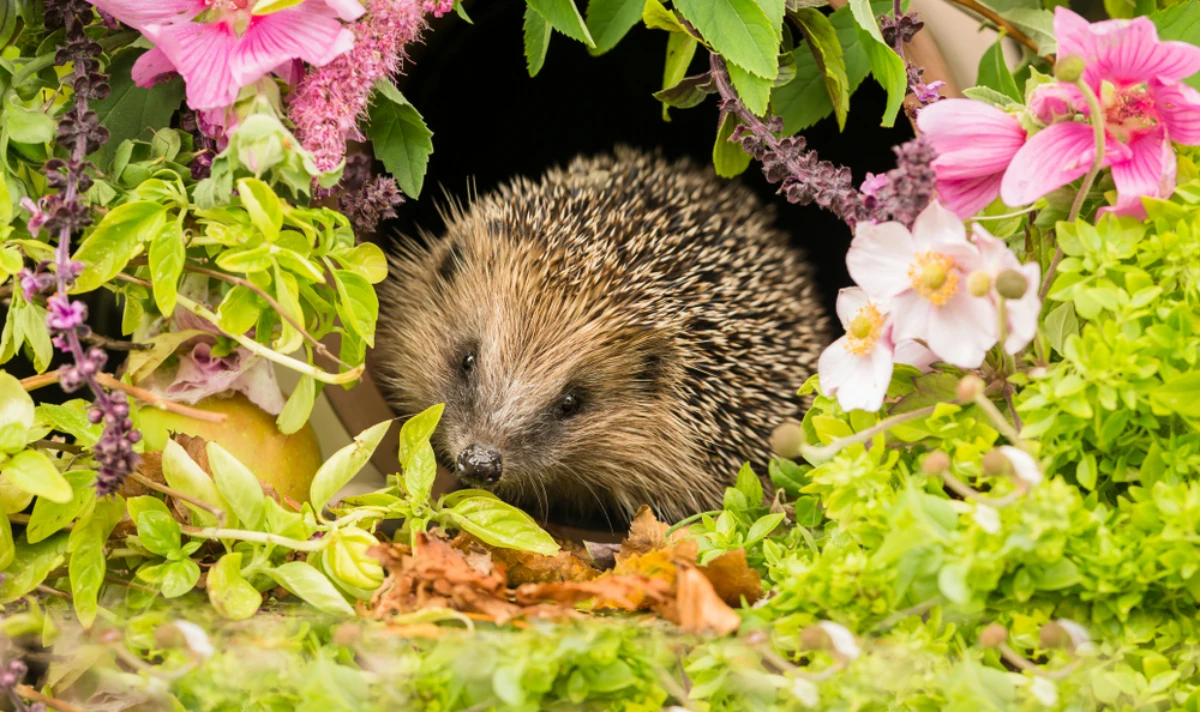
And here’s another thing: if you have hedgehogs, it’s a quiet confirmation that you’re doing something right. It means your little local ecosystem is in decent shape, with enough natural food and safe passage for them to thrive. They are a living, breathing barometer of a healthy garden.
The Hedgehog Welcome Mat: Getting the Basics Right
Okay, let’s get down to the practical stuff. Making your garden safe and inviting isn’t complicated, but a few key things are absolutely vital.
The Hedgehog Highway: Your #1 Priority
If you only do one thing from this entire guide, please do this. Hedgehogs need to roam, and they roam a lot—sometimes over a mile in one night—to find enough food and a mate. Solid fences and concrete gravel boards are like giant roadblocks, forcing them onto dangerous roads or trapping them in tiny, resource-poor areas.
A simple gap is all it takes to connect your garden to the wider hedgehog world.
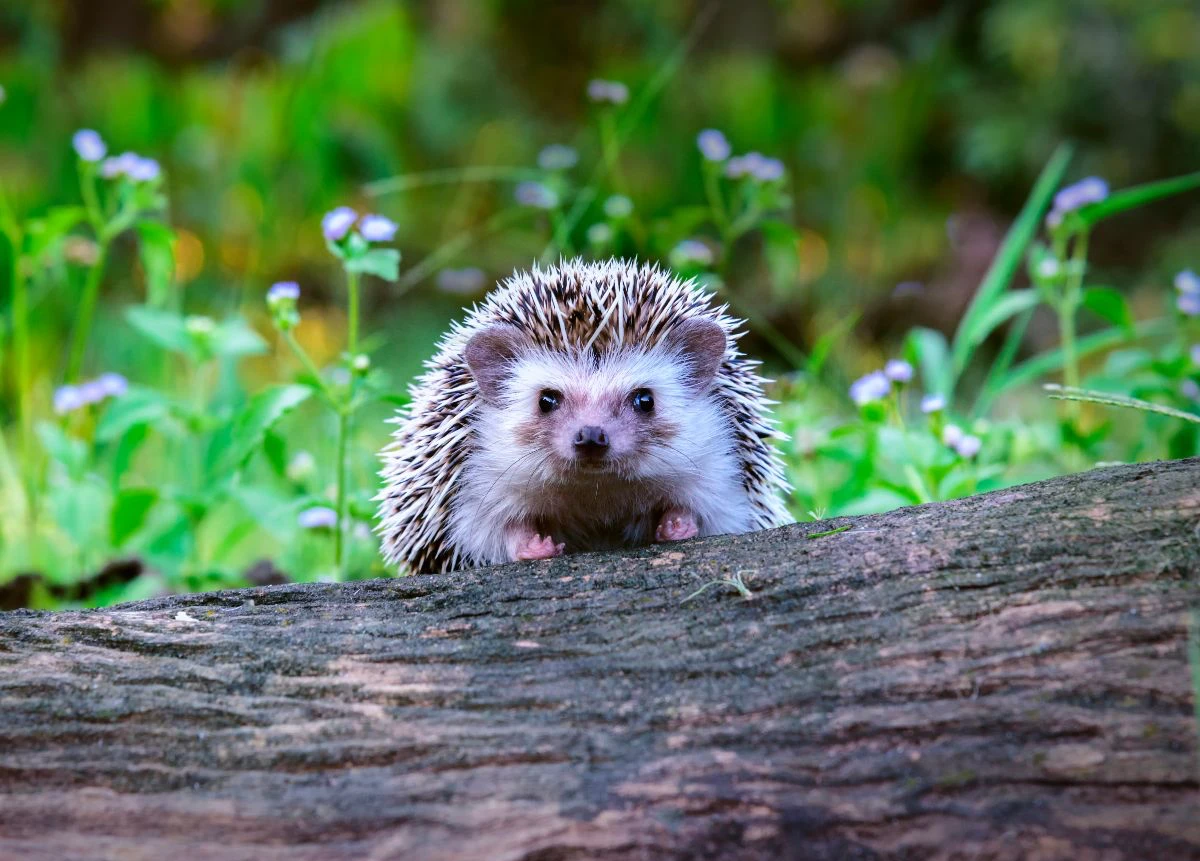
- The Perfect Size: You’re aiming for a hole that’s about 13cm by 13cm (or 5×5 inches). Fun fact: an old CD case is the perfect size to use as a template. This is big enough for any hedgehog but too small for most cats and small dogs to squeeze through.
- How to Make One: For a wooden fence, a simple handsaw or jigsaw will do the trick. If you’ve got a wire fence, you can often just bend a section up to create a permanent gap. For brick walls, you might need to carefully remove a single brick at the base.
- Get the Neighbors Involved: This works best as a team effort. I once had a neighbor who was worried about his dog getting out. We chatted, I showed him how small the gap really is, and he realized his dog couldn’t fit. Now we have a whole network of connected gardens. So, have a friendly chat over the fence!
Quick tip: Wondering if your highway is being used? Sprinkle a little bit of flour on a dark piece of cardboard near the hole and check for tiny footprints in the morning. For the really dedicated, a cheap wildlife trail camera (you can find them online for $40-$60) is an amazing way to see who’s visiting!
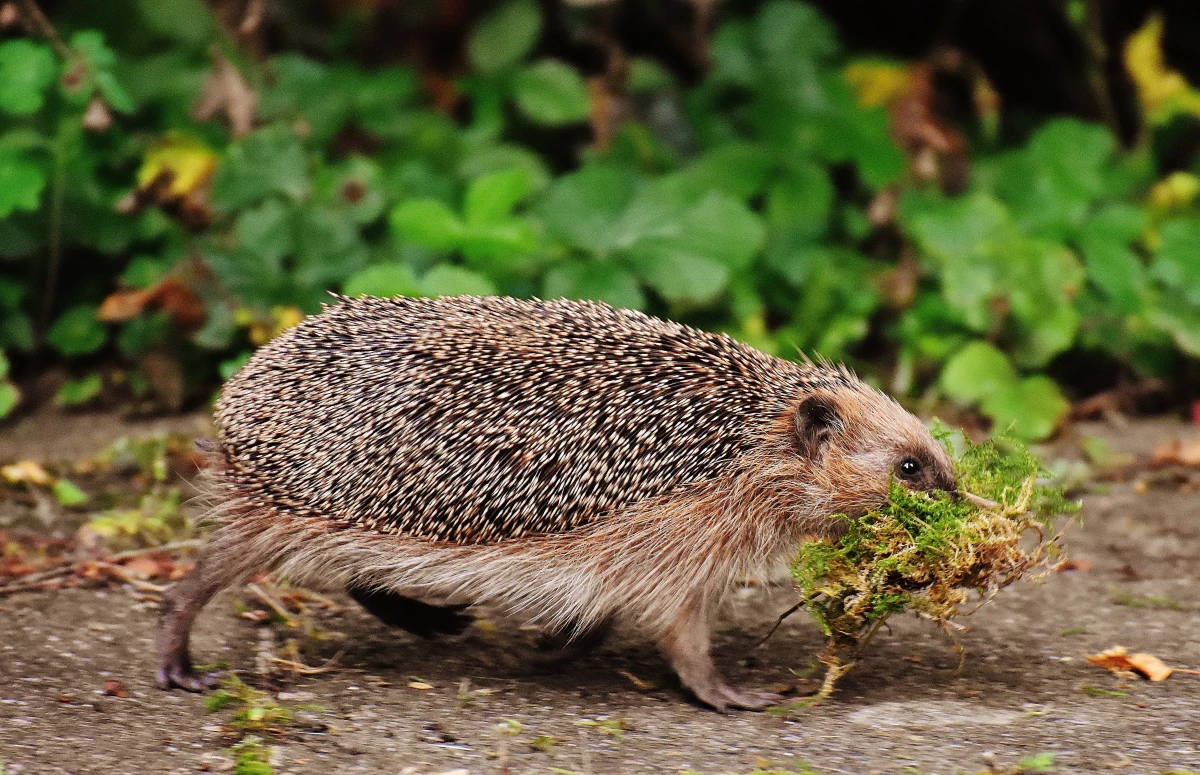
Safe and Sound: A Place to Sleep
Hedgehogs need a safe, dry, and protected spot to sleep during the day and to hibernate over winter. A purpose-built hedgehog house is fantastic, but a good old-fashioned wild patch works wonders, too.
- The ‘Wild’ Option: The easiest way is to just let a corner of your garden go a bit wild. A log pile, a compost heap you don’t turn in winter, or even a thick patch of bramble can be the perfect home. The key is to leave it completely undisturbed from late autumn through early spring.
- Buying or Building a House: You can buy a ready-made house, which typically costs between $40 and $80, or you can build one yourself! It’s a fun project. If you’re going the DIY route, here’s a simple shopping list: untreated timber planks (pine is good, expect to pay around $20-$30), some wood screws, and a small piece of PVC pipe for ventilation ($2-$3 at a hardware store). The design should have an entrance tunnel to keep predators out and a main chamber. Oh, and make sure to place it in a quiet, sheltered spot, like under a hedge or behind a shed, with the entrance facing away from the wind.
- Bedding: Before hibernation season kicks in, I like to half-fill my hedgehog houses with a mix of dry leaves and meadow hay. The hedgehog will do the rest of the interior decorating itself.
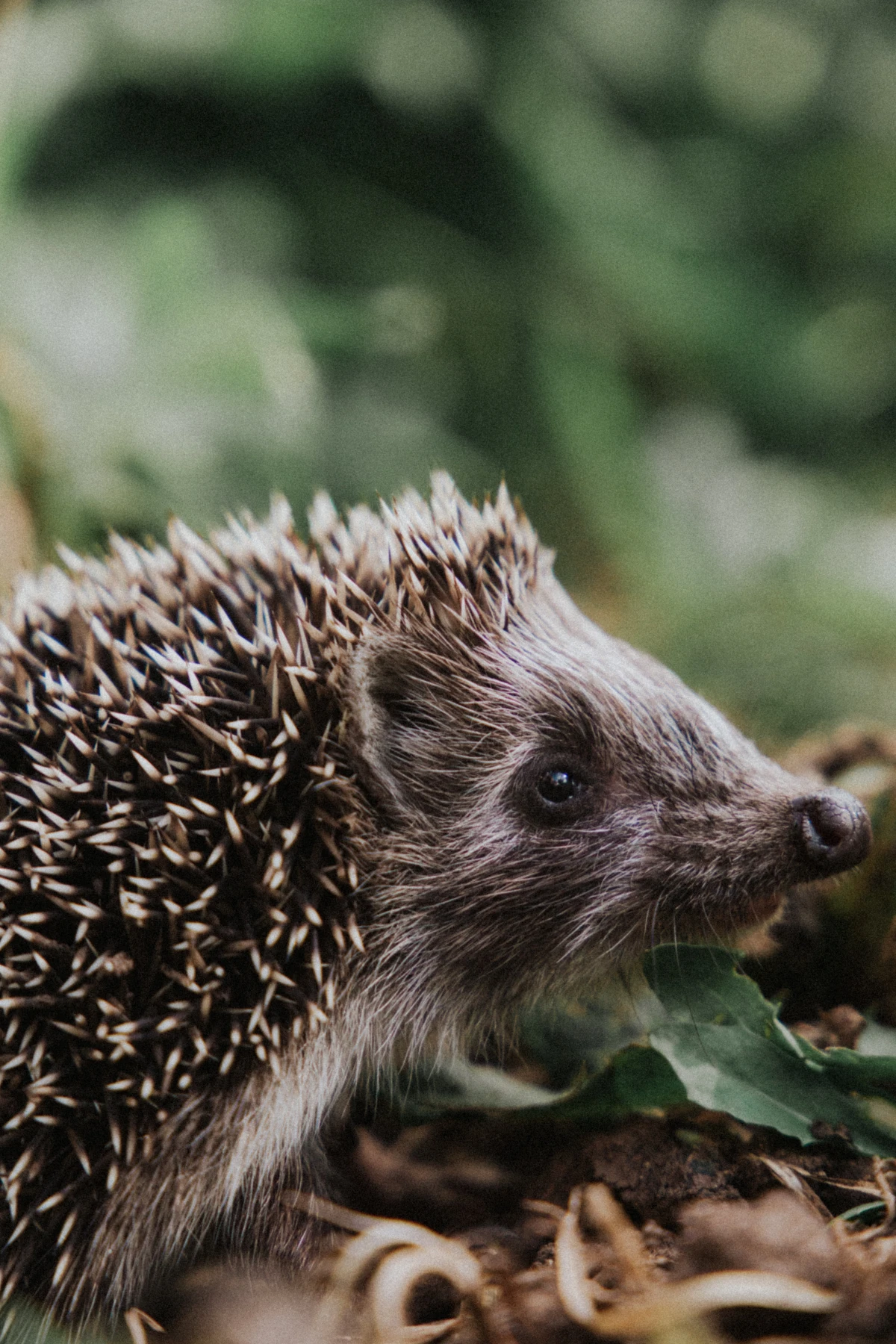
Food and Water: The Right Menu
While we want them foraging naturally, a little supplementary food can be a lifesaver, especially during dry spells or before winter. But you have to give them the right stuff.
What to Feed Them:
- The Best Choice: Meaty wet cat or dog food is perfect. The kind in jelly is better than the rich gravy varieties. For an extra boost, high-protein kitten food is even better. Just make sure to avoid fishy flavors—they don’t always agree with them.
- Other Goodies: There are also specialist hedgehog foods you can buy online or at garden centers. Crushed, unsalted peanuts are also a welcome treat.
- Water is a MUST: Always, always have a shallow dish of fresh water available. A plant pot saucer or a ground-level bird bath is ideal.
What to AVOID at All Costs:
- Milk and Bread: This is an old myth that’s incredibly harmful. Hedgehogs are lactose intolerant, and milk can cause severe illness. Bread has no nutritional value for them. Please, never leave these out.
- Mealworms: This might be a surprise, but you should avoid mealworms. While hedgehogs love them, they are very low in calcium and can lead to a serious condition called metabolic bone disease. Think of them as hedgehog junk food—okay as a rare treat (like, a few a month) but dangerous as a staple.
Heads up! You might find that local cats or foxes are stealing the food. Here’s a simple solution: create a feeding station. Get a plastic storage box, cut a 13cm square hole in one of the short sides, and place the food at the very back. Put a heavy brick on top to weigh it down. The hedgehog can get in, but it’s a much harder challenge for a cat!
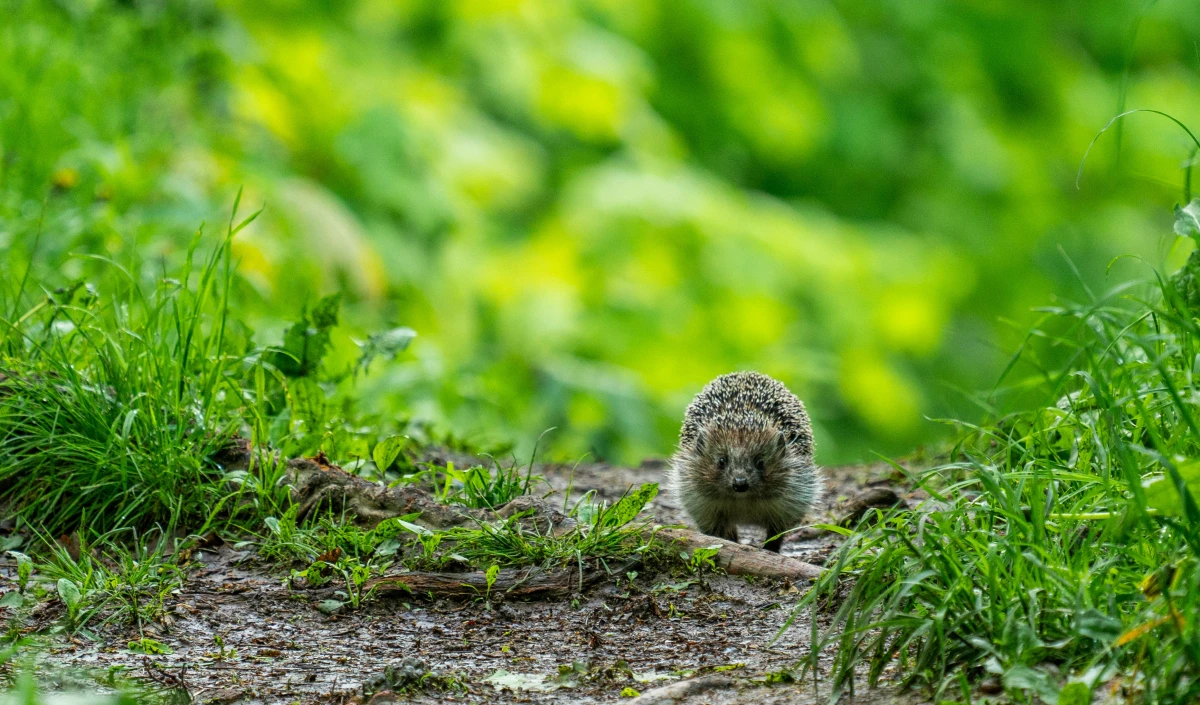
Clearing the Danger Zone: A Gardener’s Checklist
Making a safe garden is just as much about removing hazards as it is about adding nice things. A quick check can prevent a terrible accident.
- Strimmers & Mowers: This is a big one. A hedgehog’s defense is to curl into a ball, not run. Always check long grass and undergrowth by hand or with a gentle prod before you start cutting. It’s the most common cause of horrific injuries.
- Ponds & Pools: Hedgehogs can swim, but they can’t climb slippery, steep sides. They’ll eventually get exhausted and drown. A simple escape ramp—a plank of wood, a pile of stones, or some chicken wire draped over the side—is a lifesaver.
- Netting & Litter: Garden and sports netting is a major entanglement risk. Always keep it at least a foot off the ground so they can pass under it. And please, dispose of trash properly. A hedgehog with its head stuck in a yogurt pot is a sad and preventable sight.
- Chemicals: Slug pellets containing metaldehyde are incredibly toxic to hedgehogs. Don’t use them. There are great wildlife-safe alternatives like wool pellets, beer traps, or nematodes, which you can find at any garden center. Better yet, let the hedgehogs do the work for you!
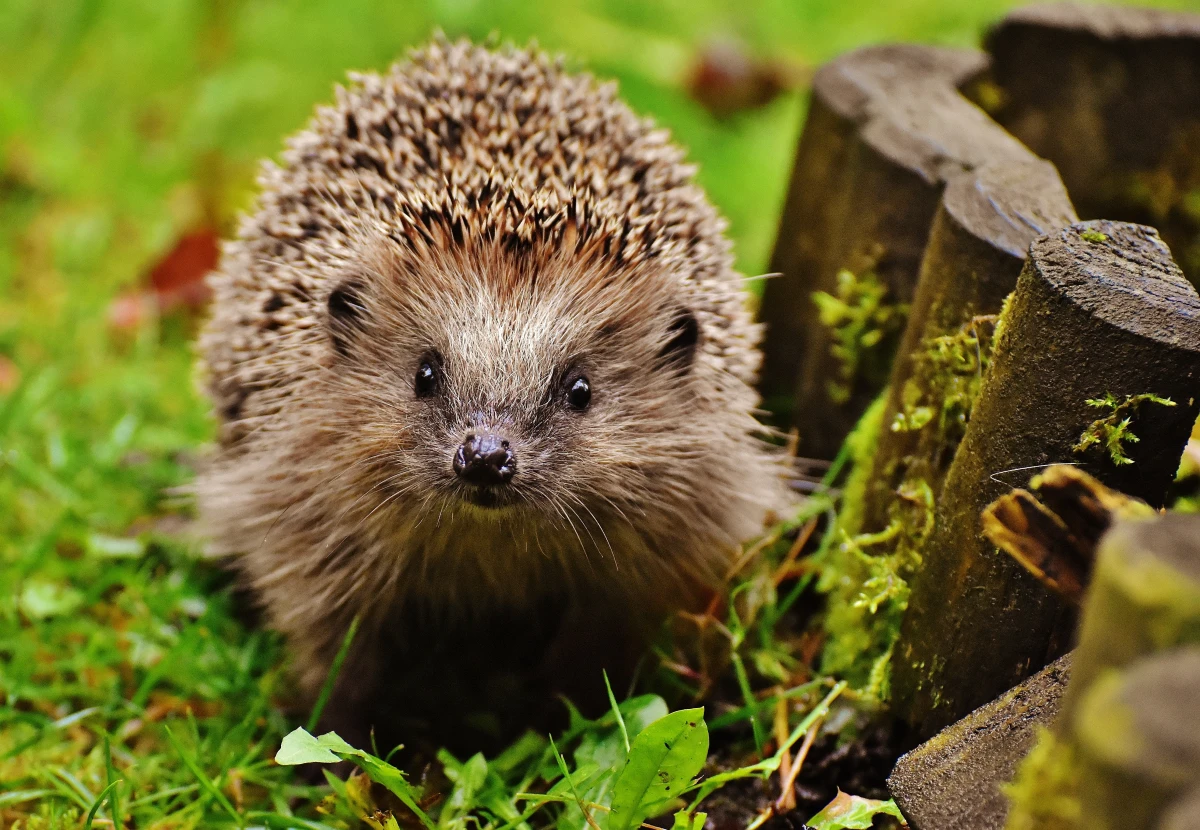
The Dog Dilemma: A Common Concern
“What if my dog won’t leave the hedgehog alone?” This is a massive issue for a lot of would-be hedgehog helpers. A curious dog can cause immense stress or injury, even if it’s just “playing.”
First, always supervise your dog at night, especially during the last toilet break before bed. Keep them on a lead. If you know a hedgehog is visiting, it’s your responsibility to manage your pet. You can also try creating a hedgehog-only zone around your feeding station or house using a low fence that a hedgehog can get under but a dog can’t easily get over. It’s not a perfect solution, but it can definitely help.
Knowing When to Step In and Help
Most of the time, the best thing you can do is leave them be. But sometimes, you’ll find a hedgehog in genuine trouble. In many places, hedgehogs are a protected species, so our role is to help, not to keep them.
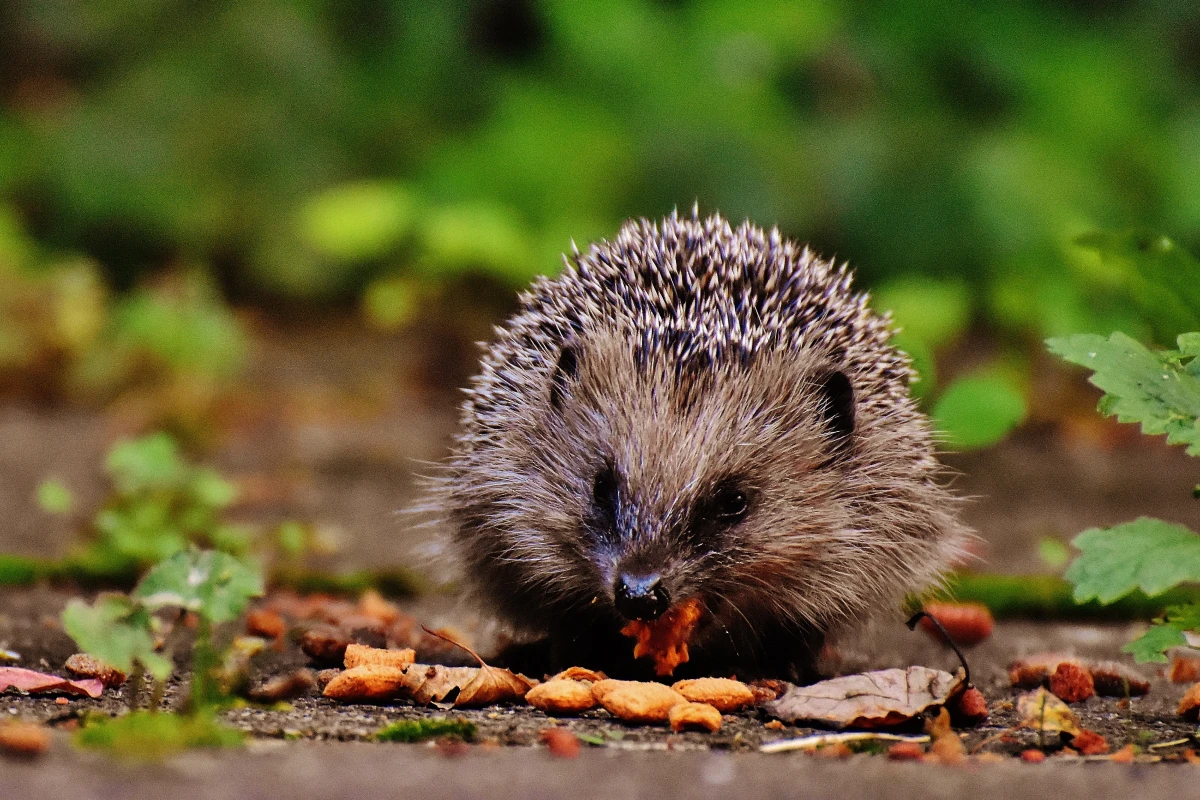
The number one rule is that a hedgehog out in the open during the day is almost always in trouble. If you see one, watch it from a distance. Call a professional if it is:
- Wobbling, walking in circles, or looking “drunk.”
- Lying still in the open (they don’t sunbathe).
- Covered in flies or fly eggs.
- Obviously injured, bleeding, or trapped.
If you find a hedgehog that needs help, your job is to get it to an expert. Grab a high-sided cardboard box and, using thick gardening gloves, gently place the animal inside on an old towel. Pop in a warm (not hot) hot water bottle wrapped in another towel to provide warmth. Add a shallow dish of water, but no food. Then, immediately call your local veterinarian or a wildlife rescue for advice. They’ll tell you exactly what to do next.
Your garden really can be more than just a plot of land. It can be a vital link in a chain of survival for one of our most charming native creatures. And the reward? That comes on a quiet evening, when you hear that happy, snuffly sound in the undergrowth and know you’ve made all the difference.
Inspirational Gallery
What’s the one thing that connects safe hedgehog gardens? A highway.
Hedgehogs need to roam far and wide for food and mates, but solid fences and walls stop them in their tracks. Creating a ‘Hedgehog Highway’ is a simple, game-changing act. All you need to do is create a 13cm by 13cm (about 5×5 inches) hole at the base of your fence. This small gap is big enough for a hedgehog but too small for most pets. Chat with your neighbours and encourage them to do the same to create a super-highway for your local spiny friends.
Hedgehogs can travel between 1-2 kilometres (that’s over a mile!) every single night in search of food and a mate.
This surprising fact highlights why a single garden is never enough. Their survival depends on a network of connected, safe spaces. Your small gap in the fence is part of a much bigger, life-saving map.
Your local supermarket’s cat or dog food: A fantastic option. Choose wet, meat-based food (in jelly, not gravy) that’s chicken or turkey flavoured. It’s a great source of protein. Avoid fishy flavours as they can cause upset stomachs.
Specialist hedgehog food: Brands like ‘Spike’s Dinner’ or ‘Brambles’ offer a dry biscuit mix specifically formulated for them, which is also great for their teeth. It’s a brilliant, nutritionally complete choice if you want to be sure you’re providing the best.
Ultimately, a mix of both is hedgehog heaven!
- A safe escape route from ponds
- A ramp in steep-sided water features
- Careful checks before using a strimmer or mower
- Moving piles of wood or leaves before lighting a bonfire
The secret to a truly safe hedgehog haven? Thinking like a small, curious creature. Before any garden task, take a moment to look at your lawn, borders, and piles from a low perspective. What looks like a fun, dark place to nap for a hedgehog could be a hidden danger.
A garden’s deadliest trap: Before you start trimming the edges of your lawn or clearing undergrowth, please do a thorough check. A sleeping hedgehog tucked into long grass is no match for a garden strimmer or lawnmower. These common garden tools are a leading cause of horrific injuries and death for these gentle animals. A simple walk-through to gently poke any overgrown areas can save a life.
Beyond providing food, think about creating a five-star dining experience. A simple feeding station can make all the difference. You can buy one ready-made or easily fashion one yourself. Just take a sturdy plastic storage box, cut a 13x13cm hole in the side, and place it upside down over the food and water dishes. Weigh it down with a brick. This keeps the food dry and, crucially, stops cats and other larger animals from stealing the hedgehogs’ dinner.
According to the British Hedgehog Preservation Society (BHPS), urban and suburban hedgehog numbers have fallen by up to 30% since 2000.
Don’t have space for a dedicated log pile or hedgehog house? Your compost heap can be a perfect alternative. A well-managed compost heap provides gentle, constant warmth, making it an ideal spot for a hedgehog to hibernate or raise a family. Just remember to be extremely careful when turning the compost with a fork. Always do it slowly and gently from the side, just in case a spiny resident is sleeping inside.
I’ve spotted a hedgehog out in broad daylight. Is it in trouble?
Generally, yes. Hedgehogs are nocturnal, so seeing one in the daytime is often a sign of distress. It could be ill, injured, or a young hoglet that has lost its mother. If it looks wobbly, is surrounded by flies, or is ‘sunbathing’, it needs help urgently. Gently pick it up using gardening gloves, place it in a high-sided box with a warm water bottle wrapped in a towel, and call your local wildlife rescue or the BHPS for advice immediately.
Forget leaving out bread and milk. It’s a myth from a bygone era that does far more harm than good. Hedgehogs are lactose intolerant, so milk will give them severe diarrhoea, which can lead to fatal dehydration. Bread offers very little nutritional value and just fills their small stomachs, stopping them from eating the protein-rich insects and food they actually need to survive.










